Image optimization is a crucial component of On-Page SEO, focusing on three key strategies:
1. Descriptive File Names: Incorporate targeted keywords in file names for better accessibility and search engine indexing.
2. Image Compression: Compress images without reducing quality to lower file sizes, improving page load times and user experience, thereby enhancing ranking potential.
3. Alt Text: Use descriptive alt text to provide context for visually impaired users and offer additional keyword opportunities for search engines.
By implementing these strategies, images become powerful tools that boost user engagement, reduce bounce rates, and improve website performance, ultimately strengthening On-Page SEO.
In today’s visual web, images play a pivotal role in enhancing user experience and boosting search engine rankings. Effective image optimization is an essential component of On-Page SEO, ensuring your website stands out amidst the hustle and bustle of search results. This article delves into the intricacies of optimizing images for better visibility on Search Engine Results Pages (SERPs). From understanding the impact of visuals to leveraging tools and techniques, we explore strategies to make your images work harder for your online presence.
Understanding Image Optimization for On-Page SEO

Image optimization plays a crucial role in On-Page SEO, ensuring that visual elements enhance rather than hinder your website’s search rankings. When optimizing images, start by choosing relevant file names that include targeted keywords—this tells both search engines and users what the image is about. For instance, using “product-name-closeup.jpg” is better than “image123.jpg”.
Next, compress images without sacrificing quality to reduce their file size. Smaller file sizes improve page load times, a key factor in user experience and another signal search engines consider when ranking websites. Additionally, describe images using alt text, which provides context for users with visual impairments and offers further keyword opportunities for search engines to index.
The Role of Images in Search Engine Results Pages (SERPs)
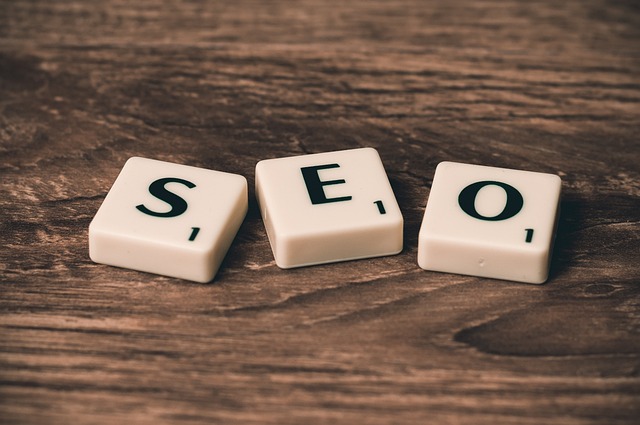
Images play a significant role in modern Search Engine Results Pages (SERPs), with many users now relying on visual content to scan and understand information quickly. When an image is optimized for on-page SEO, it becomes more than just a decorative element; it transforms into a powerful tool that enhances user experience and search engine visibility. By incorporating relevant keywords in file names and alt text, and ensuring efficient compression without losing quality, images can significantly impact a website’s ranking potential.
Search engines, particularly Google, have advanced beyond mere text-based indexing. They now analyze visual cues to understand the context of a page, making image optimization crucial for achieving higher rankings. This strategy not only attracts more organic traffic but also encourages users to engage with the content longer, reducing bounce rates and improving overall website performance, which are all factors that contribute to successful on-page SEO.
Optimizing Image File Types and Formats
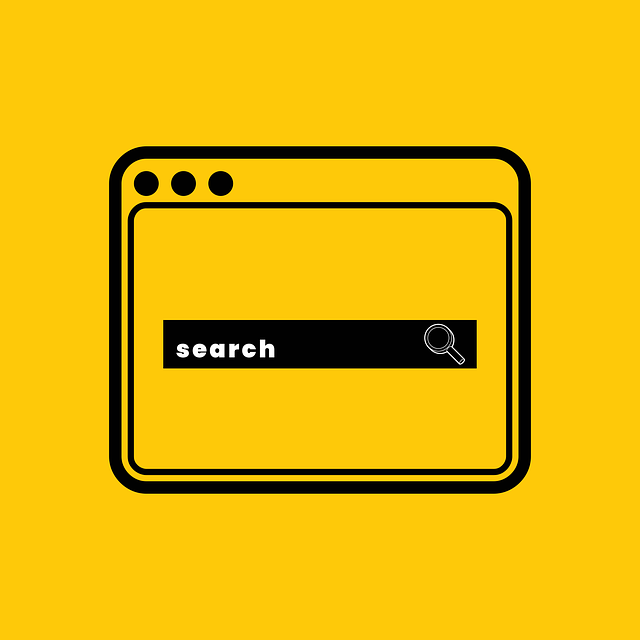
When optimizing images for on-page SEO, choosing the right file type and format is a key step. Different formats offer varying levels of compression, quality, and size, each affecting how search engines interpret and display your visuals. For instance, JPEG is great for photos with complex colors and details as it maintains high image quality even at smaller sizes. On the other hand, PNG is ideal for images with transparent backgrounds or fine lines, like icons and graphics, as it preserves them crisp and clear without lossy compression.
Web designers should consider file type based on content rather than guessing. For graphics-heavy websites, using modern formats like WebP can significantly reduce load times without sacrificing quality. This not only enhances user experience but also signals to search engines that your site is optimized for speed, positively impacting rankings and click-through rates.
Alt Text: Describing Images for Search Engines

Alt text, or alternative text, is a crucial aspect of on-page SEO that involves providing descriptive labels for images. When search engines crawl websites, they can’t directly “see” or interpret visual content like humans do. Alt text serves as a bridge by giving search engine algorithms a clear understanding of what an image represents. This textual description is read by screen readers and search engine result pages (SERPs) to convey the image’s purpose and context.
By incorporating relevant keywords into alt text, you can enhance the chances of your images appearing in image search results and improving overall on-page SEO. It not only helps visually impaired users but also allows search engines to index images appropriately, making your website more accessible and searchable.
Enhancing SEO with Image Titles and Captions

Image titles and captions are powerful tools for enhancing on-page SEO, as they provide search engines with valuable context about your visual content. When optimizing images, remember that each one should have a unique and descriptive file name that includes relevant keywords. For instance, instead of “image1.jpg,” consider something like “product-close-up-red-shoes.jpg.” This signals to search engine crawlers what the image is about.
Similarly, captions offer an opportunity to further describe the content and context. They should be concise yet informative, using keywords naturally where possible. By integrating these elements effectively, you improve the overall accessibility and relevance of your images for both users and search engines, thereby boosting your site’s SEO performance.
Sitemaps and Image Indexing: Making Images Accessible
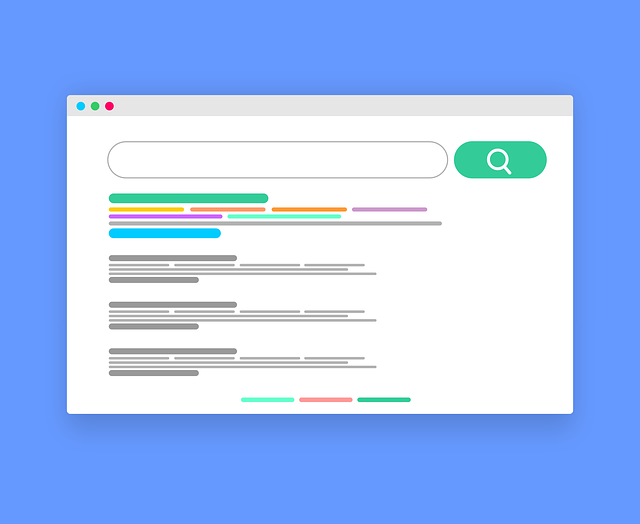
In the realm of on-page SEO, sitemaps and image indexing play a pivotal role in making visual elements accessible to search engines. A sitemap is essentially a map that outlines the structure of your website’s pages, including images. It acts as a roadmap for crawlers, enabling them to navigate through your site efficiently. By providing a dedicated sitemap that includes image links, you ensure that each visual asset is discovered and indexed correctly.
Image indexing is the process of organizing and categorizing images within a search engine’s database. This involves extracting relevant data from image file names, alt tags, and surrounding content to understand the context and topic. Optimized alt text, descriptive file names, and proper image placement in your HTML code significantly enhance this process. As a result, search engines can better comprehend the purpose and significance of your images, leading to improved visibility and click-through rates for visually rich content.
Compressing Images Without Sacrificing Quality

Optimizing images is a crucial aspect of on-page SEO, ensuring your website’s visual elements support its overall search rankings. When compressing images, it’s essential to strike a balance between file size reduction and maintaining quality. Modern image compression tools employ advanced algorithms that minimize file sizes significantly without noticeable degradation. These techniques preserve important details, colors, and textures, ensuring the images remain visually appealing even when displayed at various sizes on different devices.
By intelligently compressing images, webmasters can enhance page loading speeds, improve user experience, and contribute positively to SEO performance. This is especially vital for dynamic websites with frequent content updates, where regularly optimized images can significantly impact overall website health in the eyes of search engines.
Best Practices for Image Optimization in E-commerce
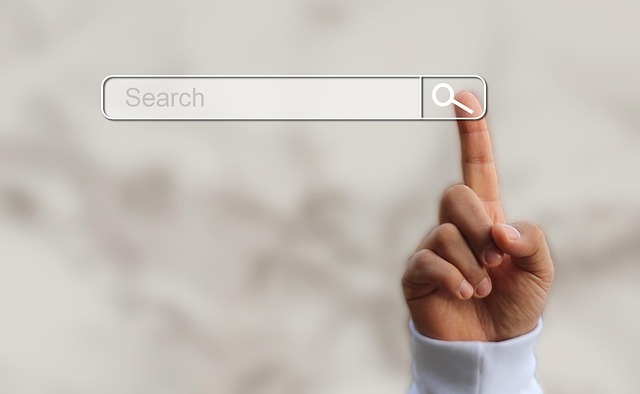
In e-commerce, where visuals play a pivotal role in customer engagement, image optimization for SEO is an art that deserves meticulous attention. One of the best practices involves incorporating alt tags, which provide textual descriptions of images to search engines. These tags not only enhance accessibility but also allow search algorithms to index images relevantly, thereby improving visibility. When optimizing for on-page SEO, it’s crucial to ensure image file sizes are optimized without compromising quality; smaller files speed up page load times, enhancing the user experience and boosting search engine rankings.
Additionally, utilizing descriptive and unique filenames for each image can significantly impact your site’s SEO performance. Filenames should reflect the content of the image, making them easily searchable. This practice, coupled with efficient alt text and optimal file sizes, ensures that images contribute positively to your on-page SEO strategy, ultimately driving more organic traffic to your e-commerce platform.
Tools and Techniques for Efficient On-Page Image SEO
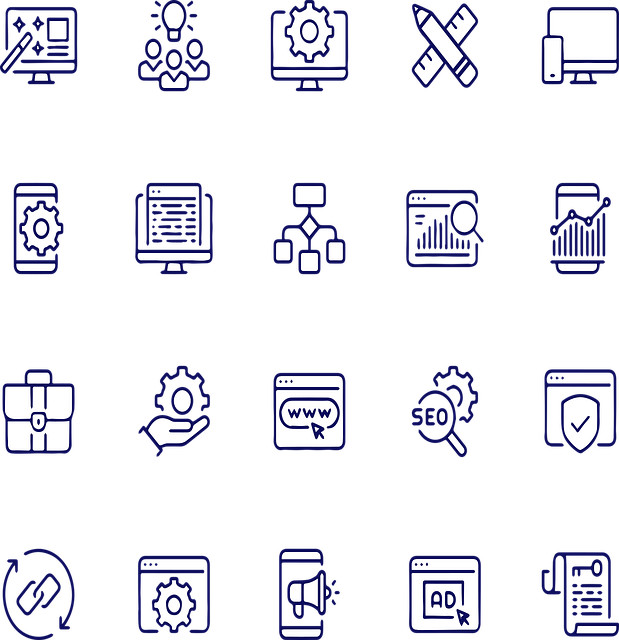
Optimizing images for on-page SEO involves a combination of the right tools and effective techniques. Start by using image editing software like Adobe Photoshop or free alternatives like GIMP to adjust file size, resolution, and format without losing quality. These tools enable you to resize images, reduce their pixel dimensions, and convert them from RGB to JPEG or PNG formats suitable for web display. Additionally, incorporating relevant keywords in image file names and alt text is crucial. Alt text provides a description of the image that search engines crawl, enhancing accessibility and SEO.
Other powerful techniques include adding descriptive captions, utilizing sitemaps to index images properly, and leveraging open-source libraries like ExifTool for metadata management. Metadata includes information about the image’s creation date, camera settings, and other details that can provide context to search engines. By employing these tools and strategies, you’ll significantly improve your on-page SEO efforts, making your website more visible and accessible to search engine crawlers.
